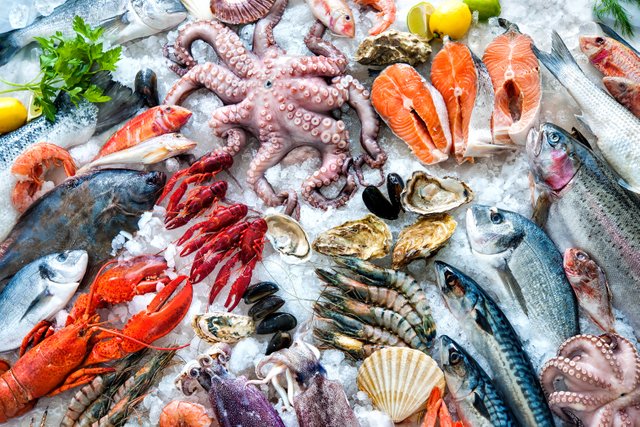High seafood intake may increase sexual intercourse frequency, fecundity

Men and women who regularly eat seafood appear to have higher sexual intercourse frequency (SIF) and fecundity in a large prospective cohort of couples attempting pregnancy, suggests a study.
Couples with male and female partners consuming eight or more seafood servings per cycle led to 47-percent (95 percent CI, 7–103 percent) and 60-percent (15–122 percent) greater fecundity (shorter time to pregnancy) than eating one or fewer seafood servings per cycle.
Fecundity was 61-percent (17–122 percent) higher in couples with both partners eating eight or more seafood servings per cycle compared with those consuming less. In addition, male and female partners with the highest seafood consumption (eight or more servings per cycle) had 22-percent greater SIF.
This prospective cohort study sought to examine the association of male and female seafood consumption with time to pregnancy. Participants included 501 couples planning pregnancy, who joined in the Longitudinal Investigation of Fertility and the Environment study (2005–2009) and were followed for ≤1 year or until pregnancy was detected. The investigators collected seafood intake in journals daily during follow-up.
Time to pregnancy, which was determined using an in-home pregnancy test, was the primary endpoint. SIF, as recorded in the daily journals, was the secondary outcome.
“Marine long-chain omega-3 fatty acids have been positively related to markers of fecundity in both men and women. However, seafood, their primary food source, can also be a source of toxicants, which could counteract the reproductive benefits,” according to the investigators.